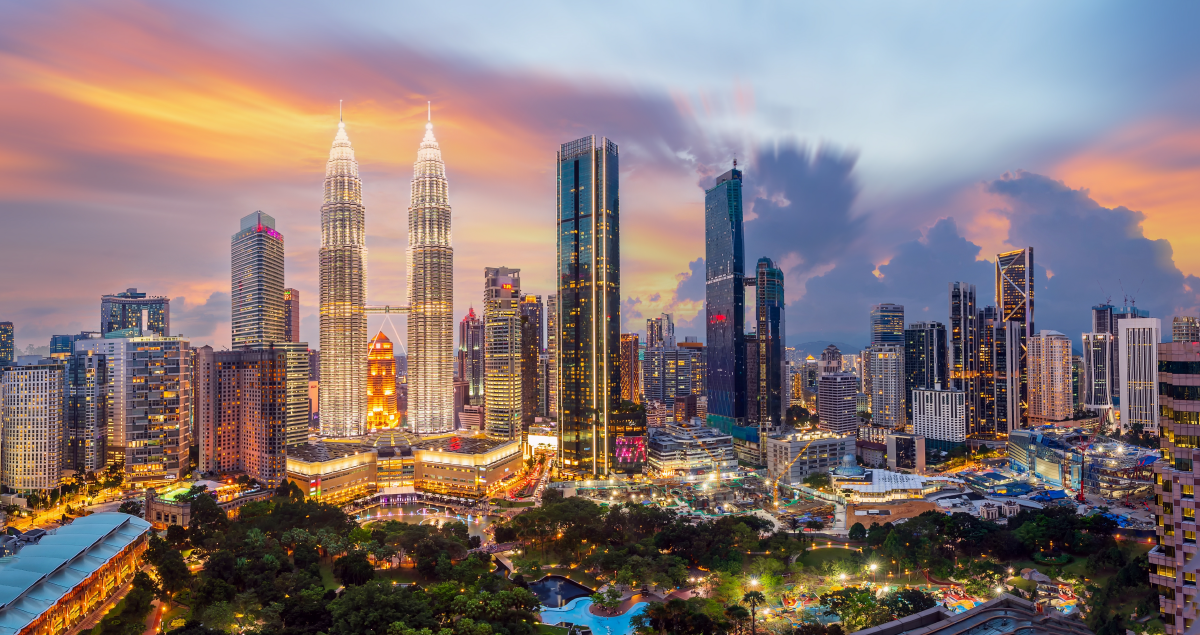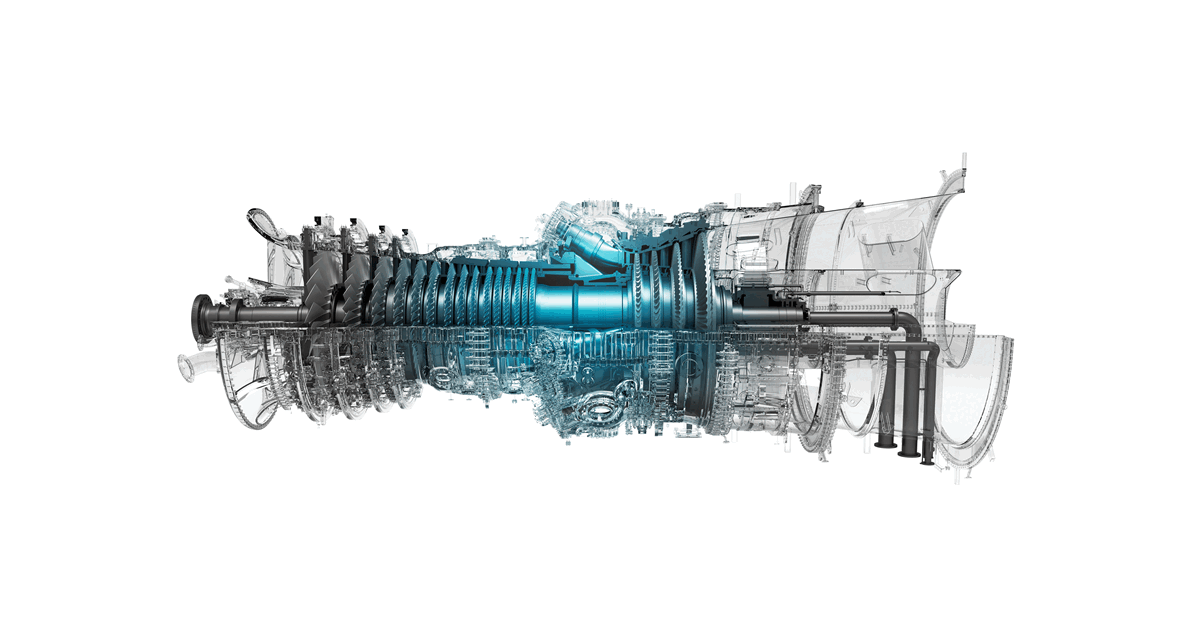Can Malaysia balance a booming economy with net zero goals?

Pick any growth statistic for Malaysia and it will likely be on an upward trajectory. Over the next three decades, the country’s economy is expected to triple in size. The World Bank predicts that by 2028 it will have transitioned to become a high-income economy. And its population is expected to grow by around 25% by 2050 to more than 44 million people.
Powering that growth will require a lot of resources, and Malaysia’s electricity demand is expected to at least double from today’s levels by 2050.
Today, heavily dependent on limited fossil fuel reserves, the Malaysian government is working to balance this rising power demand with sustainability goals.
Integrating more renewables into its energy mix while maintaining a reliable supply of baseload power is key to this challenge.
Future-proofing Malaysia’s energy system
With a goal of reaching net zero emissions by 2050, Malaysia is aiming to increase the proportion of renewables to more than half of its final energy mix, up from 5% today.
"Malaysia recognizes the importance of a future-proof energy system that is modern, reliable and affordable," Nik Nazmi Nik Ahmad, the country’s Minister of Natural Resources, Environment and Climate Change, wrote in IRENA's 2023 Malaysia Energy Transition Outlook. This report was developed in collaboration with the government department.
While the country is responsible for just 0.37% of global emissions, it believes a sustainable, low-carbon energy sector is vital to contain the impacts of climate change and wants to play its part by ensuring its cumulative emissions remain low.

‘Huge’ potential for renewables
When it comes to energy, meeting these climate ambitions will certainly require a concerted effort from Malaysia.
The waters off the Malaysian Peninsula and the states of Sabah and Sarawak on the island of Borneo have long supplied the country with plentiful oil and gas reserves. The country is one of Southeast Asia’s largest producers of hydrocarbons and a major exporter of liquefied natural gas.
Unsurprisingly, then, gas features heavily in its primary energy mix. The country also imports large amounts of coal to fuel its power plants, and reliance on this source has increased to overtake natural gas in recent years, especially as growth in data centers drives power demand.
Hydropower, biomass and solar PV make up renewables’ 5% of the total.
However, Malaysia has “huge untapped potential” to expand the share of renewable energy sources in this mix, according to IRENA, providing local and affordable fossil fuel alternatives.
There is strong government support for taking this path, and alongside diversifying the energy supply and significantly reducing emissions, it is estimated that the country could save up to $13 billion a year from this transition.
Balancing integration and security
To balance the integration of new renewables with the need for a sustainable and secure energy supply, Malaysia is looking, in part, to gas as a reliable baseload — a “real transitional solution for the region”, according to Akihiro Ondo, Managing Director and Chief Executive Officer of Mitsubishi Power Asia Pacific, a Mitsubishi Heavy Industries (MHI) Group company.
The company has recently secured a contract to supply advanced gas and steam turbines for a new Combined Cycle Gas Turbine (CCGT) power plant in Sarawak. By replacing older power stations with more efficient CCGT systems, plants gain the capability to co-fire with hydrogen up to 30%, an amount that can continue to rise as the hydrogen supply chain matures.
MHI is also collaborating with TNB Power Generation, Malaysia’s largest power producer, to explore clean technologies — including how to develop the hydrogen and ammonia value chain.

Collaboration is crucial
Malaysia’s collaborative spirit, including working with nations such as Japan on advanced CO2 capture projects and Vietnam on renewable energy, is a testament to its commitment to meeting the country’s rising energy demand with future-facing solutions.
By doing so, as IRENA argues, Malaysia can successfully navigate the crossroads and “pursue a path to sustainability, prosperity, energy leadership and connectivity in ASEAN”.
Discover more about Mitsubishi Power in Malaysia





